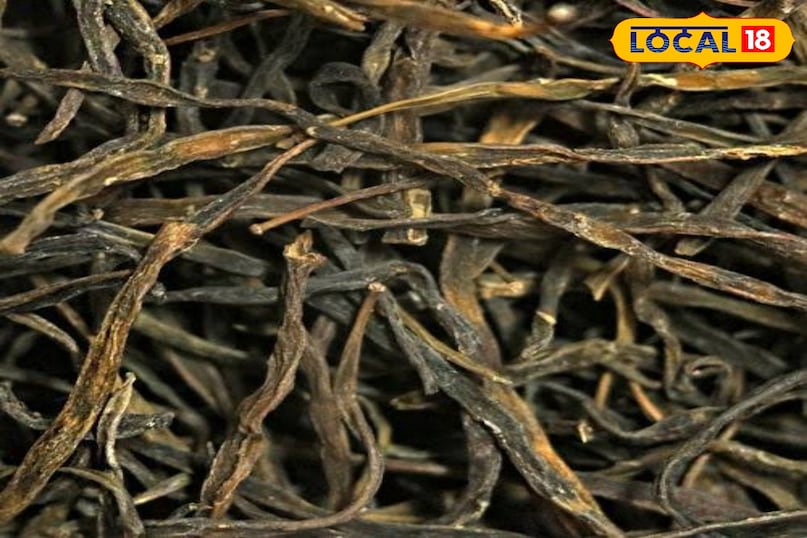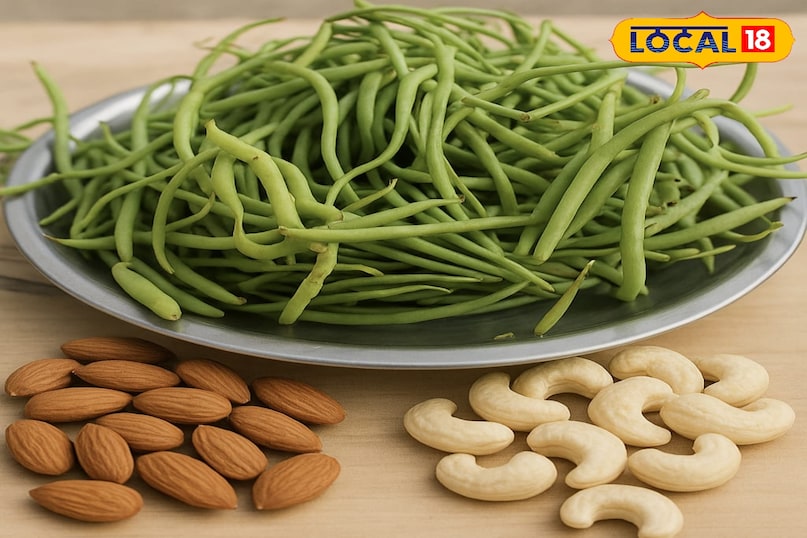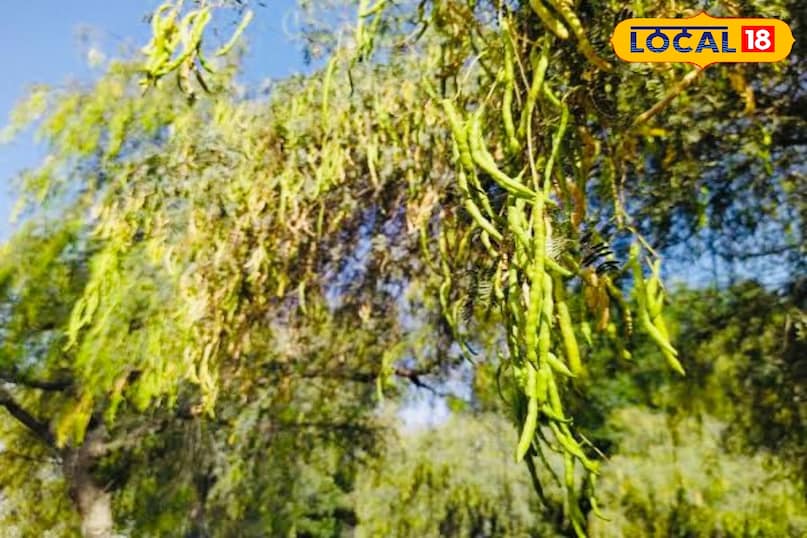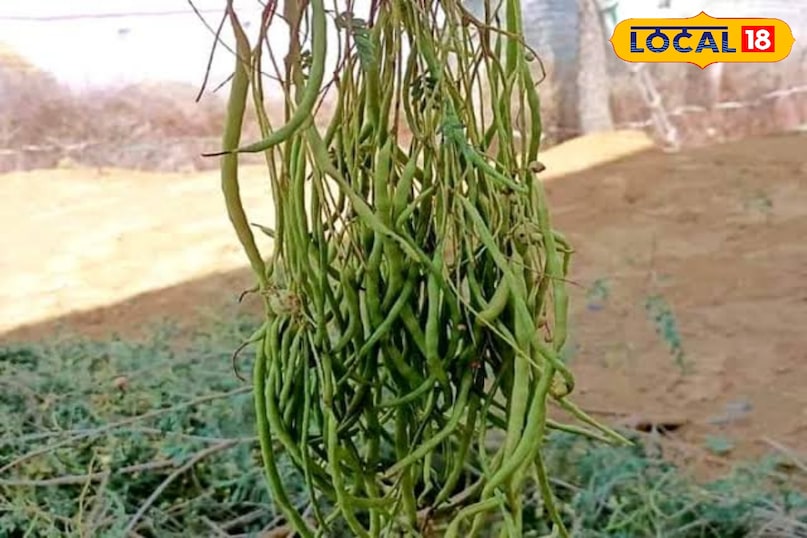Last updated:
A precious gem of Rajasthan’s desert is not only unique in taste, but also a symbol of culture and tradition. This pod that is known as ‘Sangri’, which is known as ‘Sangri’, is a local cuisine …Read more
When water and resources in the desert were rare centuries ago, Khejdi and Sangri saved people from hunger. Locals affectionately call it the ‘treasure of the desert’. Today Sangri has made a place not only in the kitchen of Rajasthani houses, but also in the royal banquet and five -star hotel plate.

In the scorching sun of Thar desert where 50 degrees temperature is also common. A vegetable grows there that not only beat cashew-almond in taste and nutrition, but also sells in the market at a price of up to Rs 1500 per kg. Yes, we are talking about the royal Sangri of Rajasthan, which is famous for its unique features and juicy tastes on the Khejdi tree.

There was a time when Sangri was limited to villages, but today it has reached every corner of the world. Sangri has become the first choice for people due to excellent taste and especially completely natural yields. This is the reason that more demand is not at the local level today, more than other states and abroad.

Sangri cultivation is very beneficial. Sangri is cultivated on the Khejdi tree found in Barmer, Jaisalmer, Jodhpur, Jalore in West Rajasthan. For the cultivation of Sangri, drainage sandy, loam or barren land is the best. The temperature of 45 to 50 degrees is suitable for its cultivation. Its plants can be planted through seeds and grafting.

In western Rajasthan, it yields in summer. In such a situation, when Sangri is raw in this area, it costs up to Rs 150-200 per kg at the local level. On drying up, the price of Sangri increases by about 5 times in the yield area, while in other states sells at Rs 1500-2000 per kg.


